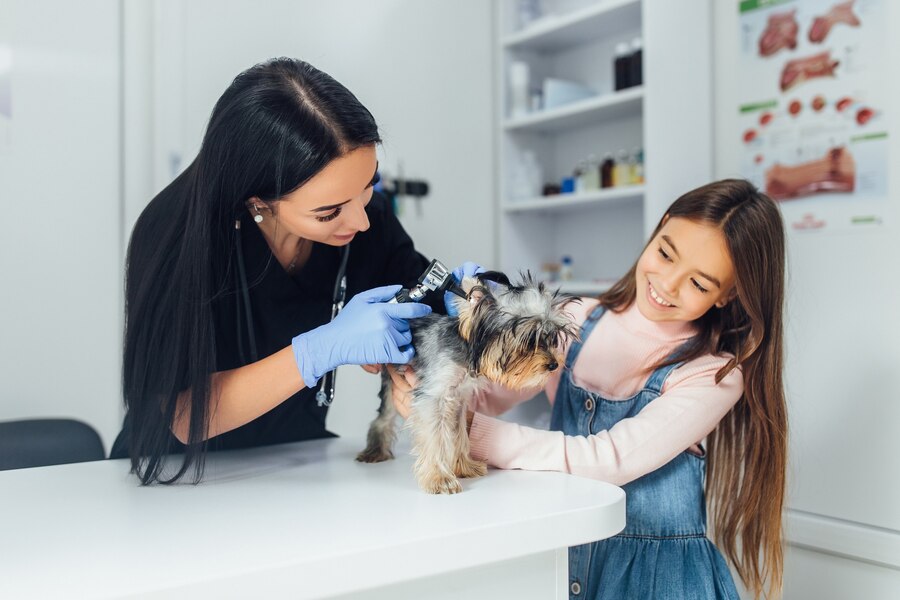Wildlife education plays a crucial role in animal conservation and awareness. We must learn about animals and how every species fulfills an ecological role.
This is evidence that we can enhance the biodiversity of our planet. It must entail both protection and preservation. This article will discuss the necessity of wildlife education for animal protection.
Understand the Animal Kingdom Facts
Wildlife education helps us to understand the animal world. We can learn about the various animal types and glimpse what makes each animal unique.
With every new animal kingdom fact, we will be simply fascinated. We shall go through what makes life on Earth so fantastic. This understanding is important. It enables us to start looking at all the lives on Earth as valuable. It means that we would admire them.
Animals and the environment depend on each other to maintain biodiversity. We can understand how a bird, any animal, a bug, and a mammal maintain a good ecosystem. They perform the functions of plant pollination, seed distribution, and hunting other animals. This is great for keeping the life cycle ongoing.
Raise Awareness For Conservation Issues
Wildlife education helps us understand the problems faced by wild animals. Media channels and social media platforms can successfully inform us about their issues. Animals can have the threat of:
- Habitat loss,
- Poaching,
- Climate change
- Smuggling
- Hunting
These platforms can hold educational programs and documentaries to raise awareness.
Public campaigns will raise awareness and encourage people to take part in conservation. Wildlife education can also dispel some incorrect beliefs and misconceptions about wild animals. This will make people aware of cause and effect and roster groups.
Encourage Sustainable Practices
Wildlife education teaches us about animals, their lifestyles, and their roles in our environment. It depicts the damage caused by the people and introduces us to the animals that survive in this habitat. This decision can be beneficial not only for the planet but for us as well. Some sustainable wildlife conservation practices are:
- Manage waste well
- Support farming that is good for the environment
- Buy products that don't harm animals
- Be a responsible tourist
- Save water and energy
- Help with local conservation projects
- Use transportation that is good for the environment
- Eat more plants and less meat
- Support companies that are kind to animals
- Don't waste water
- Compost and recycle
- Use cleaning products that are safe for the environment
- Plant trees and plants that are native to your area
- Support laws that protect animals
- Teach others about being sustainable
Promote Coexistence and Conflict Resolution
Disturbing animal habitats has become a common problem because of a growing population. This is worsening the relationship between humans and wildlife. Education about wildlife is an integral part of the tourism industry. This helps us know and solve these problems.
When we learn about animals, we understand the modes of their behavior and what they need to live. This is how we can discover ways to reduce conflict among animals and humans. Such activities can include:
- Teach people how to handle waste properly
- Take steps to keep animals away from where people live
- Teach people animal kingdom facts and how they behave
- Show people what to do if they meet an animal suddenly, to stay safe
- Make special paths for animals to move safely between their homes
Inspire the Next Generation of Wildlife Conservation
Teaching children animal kingdom facts is necessary for their well-being and development. They are the planet's future, so they must learn about animal conservation. We can exhibit animals and tell them how to safeguard animals starting from early childhood.
Through fun activities, the children learn about animals' characteristics. These activities include wildlife camps, nature walks, and exhibits in which they can interact. This is a straight and concise way of learning. It can turn kids into animal rights activists and protectors for the rest of their lives. They will probably even decide to make it their job when they become grown-ups.
Conclusion
Wildlife education is a powerful way to conserve animals. This learning process reveals where animals live and what they might deal with, enabling us to know them better. We appreciate animals more, develop empathy for them, and develop a general sense of caring for the planet on which we all live.
Besides helping people learn about animals, it can also be a way to approach the problem. It gives people more expertise. Their awareness of animals improves. It teaches how to address the natural world's issues. It gets people to start noticing. Teenagers' big motivation is to create a planet where people and animals live harmoniously.





Comments